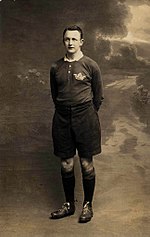
The Australia national rugby union team, nicknamed the Wallabies, is the representative national team in the sport of rugby union for the nation of Australia. The team first played at Sydney in 1899, winning their first test match against the touring British Isles team.
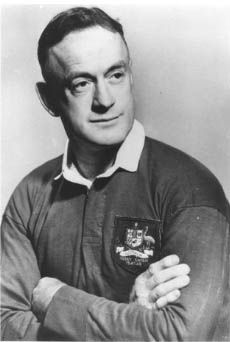
Cyril Towers was an Australian rugby union player, a state and national representative centre who made 57 appearances for the Wallabies, played in 19 Test matches and captained the national side on three occasions in 1937.

Rocky Elsom is an Australian former rugby union player. He played the positions of flanker and number eight. He was selected for 75 caps for Australia. He is the most capped Australian blindside flanker. Elsom was the 76th Australian test captain, having replaced Stirling Mortlock in 2009 for two years. He played for the Wallabies from 2005 until 2011. Elsom played professionally for New South Wales, Brumbies and Leinster.

Lachlan 'Lachie' David Turner is an Australian professional rugby union player who retired at the end of 2018 season. In his usual position of wing. He has a strong kicking game, which allows him to also play at fullback.

Daniel Brendon Carroll DSC was an Australian national representative rugby union player. He was a dual Olympic gold medalist winning in rugby at the 1908 Summer Olympics for Australia and also winning gold for the United States at the 1920 Summer Olympics.

Arthur Cooper "Johnnie" Wallace was an Australian rugby union player, a state and national representative three-quarter who captained the Waratahs on 25 occasions in the 1920s as well as representing Scotland early in his career.

Syd Malcolm (1902–1987) was an Australian rugby union player, a state and national representative half-back who captained the Wallabies' on seventeen occasions between 1928 and 1933.
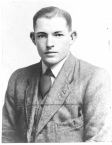
Tom Lawton Snr was an Australian rugby union player, a state and national representative five-eighth who made 44 appearances for the Wallabies, played in 14 Test matches and captained the national side on ten occasions.
Charlie Fox was an Australian rugby union player, a state and national representative second-rower who made 36 appearances for the Wallabies, playing in 17 Test matches and captained the national side on seven occasions in 1925.
Between July 1947 and March 1948 the Australia national rugby union team – the Wallabies – conducted a world tour encompassing Ceylon, Britain, Ireland, France and the United States on which they played five Tests and thirty-six minor tour matches. It was the first such tour in twenty years, since that of the 1927–28 Waratahs, as the 1939–40 Australia rugby union tour of Britain and Ireland tour had been thwarted by World War II. They were known as the Third Wallabies.
Herbert John Solomon was an Australian rugby union player, a state and national representative versatile back who captained the Wallabies in eight Tests in the 1950s and led the touring squads to New Zealand and South Africa.
Steve Williams is an Australian former state and national representative rugby union player who captained the Wallabies in five Test matches in 1985.
The 1908–09 Australia rugby union tour of the British Isles was a collection of friendly rugby union games undertaken by the Australia national rugby union team against invitational and national teams from England and Wales, as well as several games against sides from North America. This was the first Australian tour of the Northern Hemisphere and the side is sometimes referred to as the "First Wallabies".
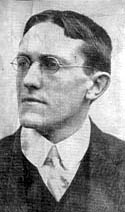
Herbert Michael "Paddy" Moran was an Australian rugby union player, a state and national representative flanker who captained the Wallabies on their first overseas tour in 1908–09, and a medical practitioner and anti-cancer activist.

Denis Lawson "Dave" Cowper was an Australian national representative rugby union player who captained the Wallabies for six matches including three Tests in 1933. He was the first Victorian player to captain his country in rugby union.

Frederick Wood was an Australian rugby union player, a state and national representative half-back. He was vice-captain of the Wallabies on their first overseas tour in 1908–09 and later captained the side in Test matches in 1910 and 1914. His representative career lasted from 1905 to 1914.
Alec Ross was an Australian state and national representative rugby union player who captained the Wallabies in thirteen Test matches in 1933-34.
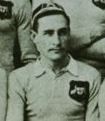
Frank Leonard Row was a pioneer Australian rugby union player, a state and national representative centre who was his country's first Test captain in 1899, leading the national side on three occasions.
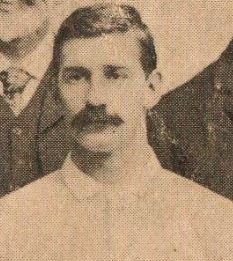
Stan Wickham was a pioneer Australian rugby union player, a state and national representative centre who captained the Australian national side on a number of occasions in the early 1900s. He was tour captain for the inaugural Wallaby overseas tour, that to New Zealand in 1905.

Michael Kent Hooper is an Australian professional rugby union player who is the former captain of the Australia national team, the Wallabies. His primary position is openside flanker.
